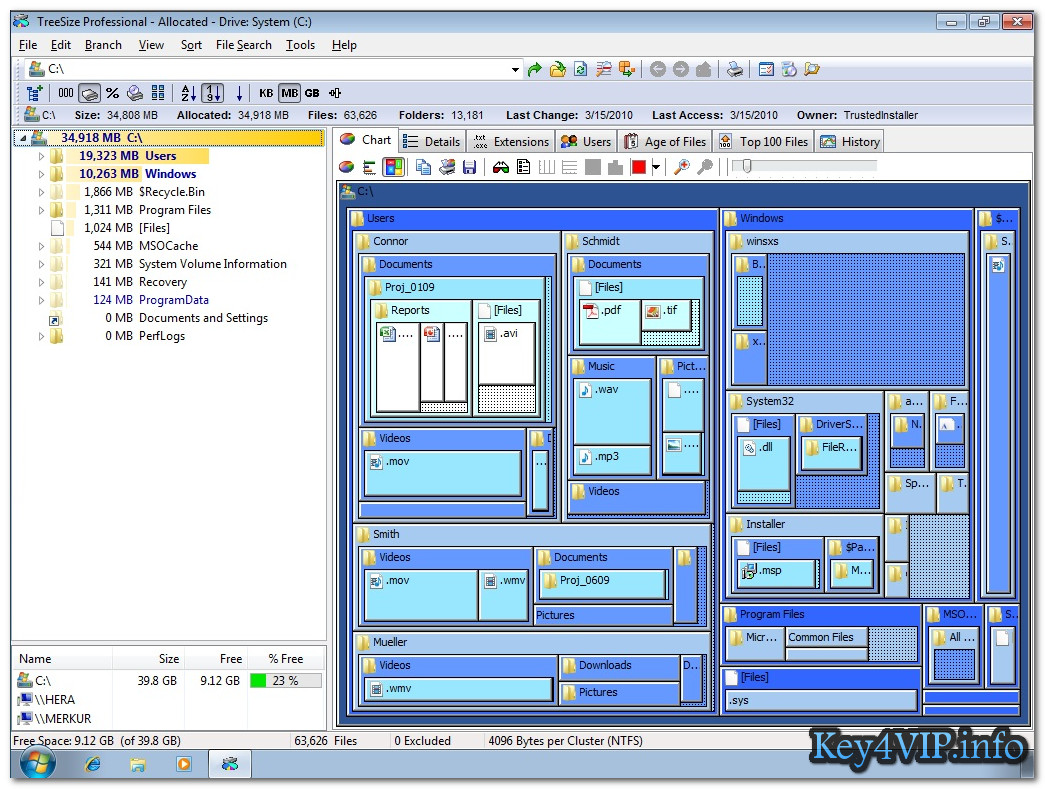
It might be possible to script an administrator-privileged script to run and clear files from the trash of each local profile (but that might still be synced to the server holding your profiles if you have roaming profiles). I don't think there is a proper way documented as the recycle bins for users are kept separate in their profiles this would also be a security hazard to allow because documents or items in the recycle bin, if perused by users, could allow certain documents to be leaked. The linked article is for XP, but the syntax is unchanged as of Server 2008 R2. It's not the cleanest thing, but it will work. Running cleanmgr alone won't let you clear everyone's recycle bin, but you can use /sageset and /sagerun to make a logon script that runs for all users via GPO that will clear their recycle bin on the next logon, as described here. The alternative is to grab the following two files and move them to the specified locations per Technet: C:\Windows\winsxs\amd64_microsoft-windows-cleanmgr_31bf3856ad364e35_.16385_none_c9392808773cd7da\cleanmgr.exeĬ:\Windows\winsxs\amd64_microsoft-windows-cleanmgr.resources_31bf3856ad364e35_.16385_en-us_b9cb6194b257cc63\Ĭleanmgr.exe should go in %systemroot%\System32.Ĭ should go in %systemroot%\System32\en-US. Unfortunately, Microsoft decided to bundle this with the "Desktop Experience" set of features, meaning you'll have to install a bunch of other crap and reboot. You can do this with the Disk Cleanup tool (cleanmgr.exe).


I just tested this quickly and it appears to work, but -obviously- proceed with caution. If you want this to happen immediately, it seems that you can just run rd /s c:\$Recycle.Bin and Windows should re-create the necessary folders the next time that they are needed.

The closest thing to "official" support for deleting c:\$Recycle.bin is from this MS KB, which references XP and Vista, but implies the expected behavior.

One involves deleting c:\$Recycle.Bin and the other is scripting cleanmgr.exe to run at each user logon. As far as I can tell, these is no "official" Microsoft supported way of doing this.


 0 kommentar(er)
0 kommentar(er)
